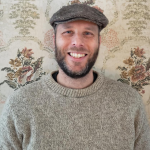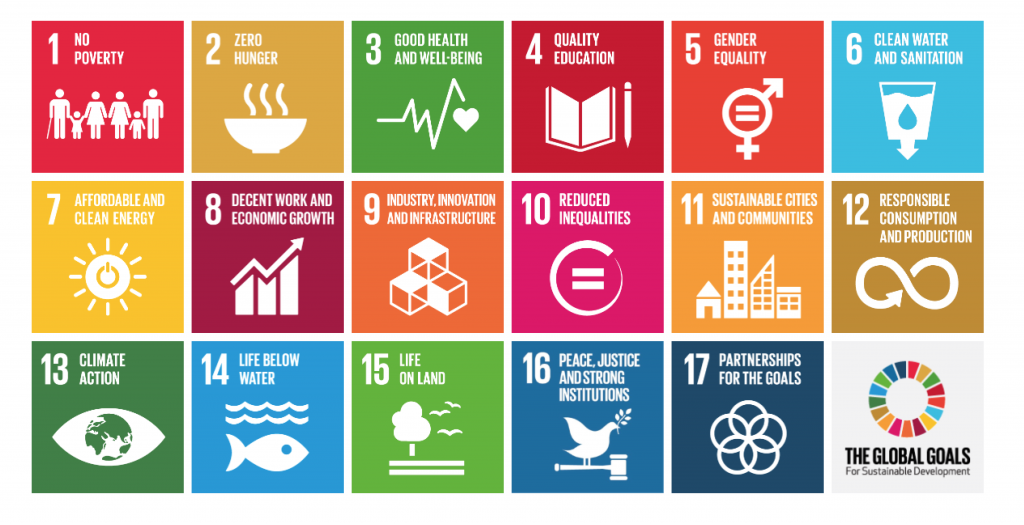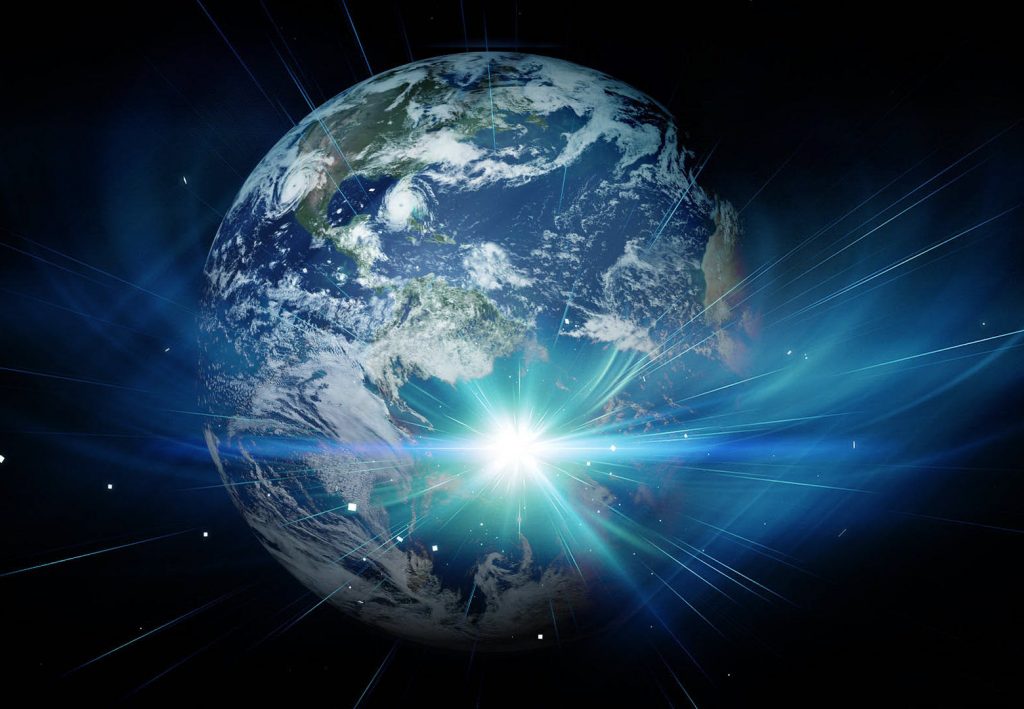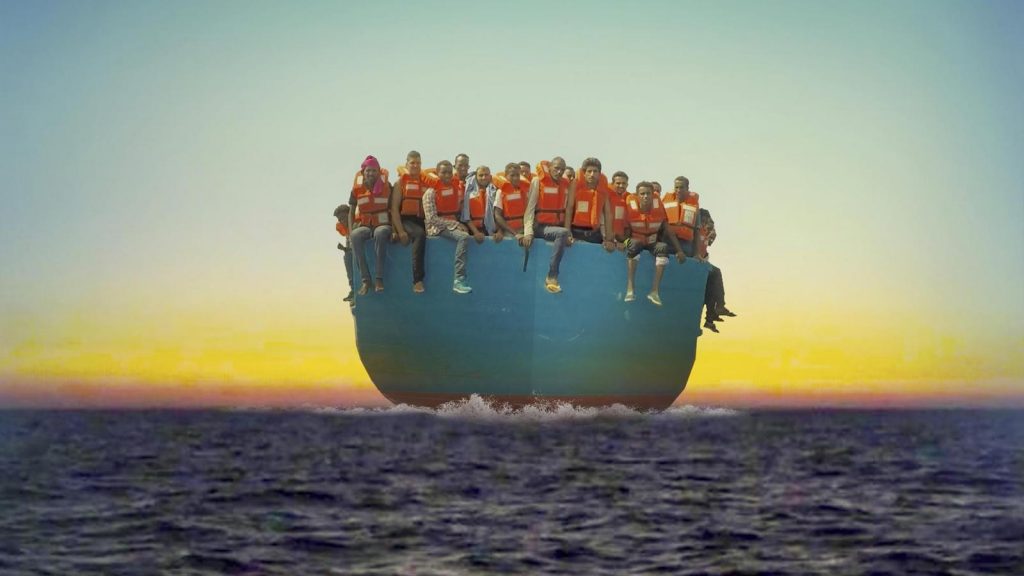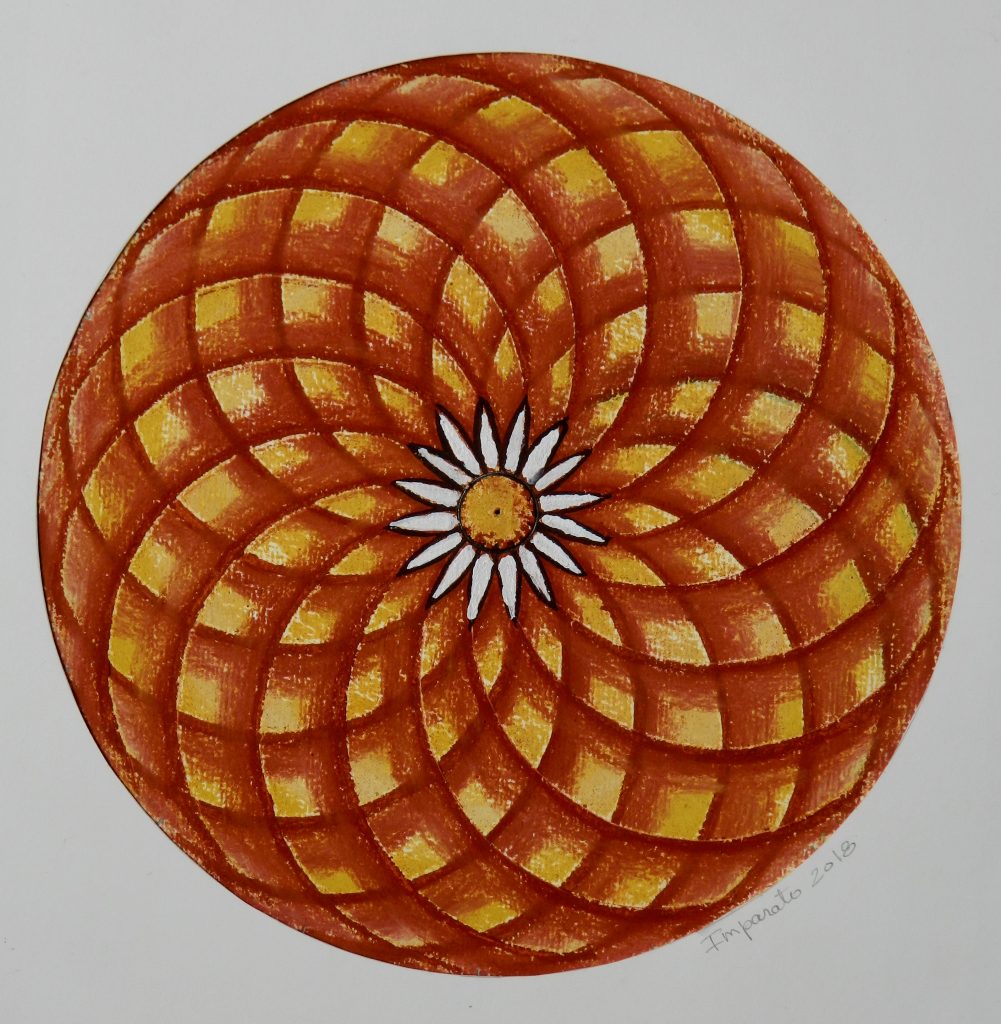The Rights of All Beings
The UN’s Universal Declaration of Human Rights, inspired by Franklin D Roosevelt’s four freedoms, outlines the rights to which humans are equally and inalienably entitled: of speech and religion, from want and fear. They are our global guiding principles for protecting humans from humans – essential in establishing the legal frameworks within which humanity can operate freely to express ourselves, move privately, own property, and gather lovingly.
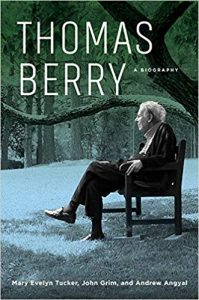 Thomas Berry, the eco-spiritual visionary, found such declarations fundamentally flawed. They reserved all rights for humans and recognized none for nature. The great body of scientific inquiry uncovered a clear problem with this anthropocentric framework: there is a deep interconnectedness between all natural systems in which we humans are inseparably included. But operating freely in our own interest, disconnected from nature, we tend to pollute and disrupt the natural world.
Thomas Berry, the eco-spiritual visionary, found such declarations fundamentally flawed. They reserved all rights for humans and recognized none for nature. The great body of scientific inquiry uncovered a clear problem with this anthropocentric framework: there is a deep interconnectedness between all natural systems in which we humans are inseparably included. But operating freely in our own interest, disconnected from nature, we tend to pollute and disrupt the natural world.
Berry felt a new legal framework was necessary to avert the imminent collapse of natural ecosystems. He outlined the concept of “Earth Jurisprudence” that he hoped would be the guiding principle for a new ecozoic era of world history:
Every component of the Earth community, living and non-living has three rights: the right to be, the right to habitat or a place to be, and the right to fulfill its role in the ever-renewing processes of the Earth community.
Principles like these inspired the development of the United Nations’ World Charter for Nature in 1982 and the Universal Declaration of the Rights of Mother Earth in 2010.
Such nature-focused guiding principles are foundational justice frameworks for the shift from the current global anthropocentric worldview to an ecocentric one. On their own however, they will do little to change human behavior. Cultural change requires much more. We need ecocentric economics, politics, education, art, spirituality, recreation, and health care. To shift our culture everyone must be a leader in making our own lives ecocentric expressions.
As a maker, forager, permaculturalist, and amateur naturalist I have been ecocentric in my approach to economics and recreation for over two decades. My wife and I grow or forage much of our own food and medicine, buy locally, build environmentally, mitigate household waste, and we are musicians and artists where nature is central to our self-expression. However for much of our lives, these various interests and behaviors lacked an organizing principle that gave them cohesion.
Something changed when we began practicing meditation and relationship yoga after our third devastating miscarriage in 2017. We made a habit of listening to secular spiritual teachers such as Adyashanti, Ram Dass, and Alan Watts. Together we became aware of our conditioning and our respective suppressed and repressed experiences and traits. We began experiencing an abiding transcendent presence and the ecstatic feeling of unitive consciousness.
I am the second youngest in a deeply Christian family of 7 children. My oldest brother is a secular Franciscan, and he also recently found abiding presence after a period of despair at the dissolution of his marriage. During the pandemic we started a book club together where we read C.G. Jung, Richard Rohr, Barbara Holmes, Martin Luther King Jr., and Robin Wall Kimmerer. The book club provided a safe space to discuss our feelings and thoughts around religion, history, spirituality, and consciousness. It operated implicitly on the four freedoms; we could say whatever we felt, needed, or feared. In that space I discovered I was consistently dismissing religious symbolism out of fear.
My own parents were deeply affected by the Satanic Panic of the 1980s, of which I became a collateral victim. Under duress of their own fears, my parents read us bedtime stories about the eternal abandonment of hell. My response was to categorically reject all things religious. What I found through our book club was the gravitational center that brought my various interests into a meaningful constellation. I learned what it was I had been missing: myth. The numinous story of what it means to be an ecocentric participant in the Great Work.
Thomas Berry knew that we’d need new myths to carry us into the ecozoic era, but I was unable to appreciate what that might look like, in part because I was viewing myth through the lens of fact and fiction which is a common cultural misconception. In an age of empiricism, the mythic mode of human thought had been denigrated the lesser form of knowledge, the dangerous or mysterious form of human decision making, a relic mentality from the dark ages. It is not without good reason; history is full of dangerous beliefs leading to violence from one community over another.
From the collective perspective, it seems undeniable that we utilize some combination of mythic storytelling, meditative practices, numinous symbols, and ritual as a gravitational force for organizing human communities. Shared beliefs dispel anxieties and allow the human imagination to lift upward toward fresh ideas and innovation.
In her writings, Karen Armstrong meditates on the push and pull of mythic belief. She outlines a history of the human imagination that utilizes myth as an organizing art form in response to technological innovation and its resulting cultural fallout. Mythic systems that worked for hunter-gatherers failed to meet the existential needs of agrarian society and new mythic systems sprung from the tension. The era of empire then created fresh conflict that birthed the world’s classical religious and philosophical traditions, resulting in our current era of science, free markets, and humanism. The stories that carried us here -myths of progress, human exceptionalism, personal salvation, and objectification of nature – resulted in ecological catastrophe. We are alone now, in danger, and the key to survival as a species is to gather and make myth.
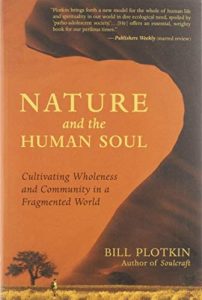 Bill Plotkin, in Nature and the Human Soul, presents a model for ecocentric human growth, culminating in realizing everything’s “ultimate place in the world.” One cannot find oneself separate from anything. Yet we are unique in how we participate in the universe. Everything provides a connective function. The new mythic imagination utilizes this realization to ascribe sacredness to every manifestation of the universe, ourselves included. In doing so we create a sense of gratitude and service to the protection and conservation of nature. We become The Great Work.
Bill Plotkin, in Nature and the Human Soul, presents a model for ecocentric human growth, culminating in realizing everything’s “ultimate place in the world.” One cannot find oneself separate from anything. Yet we are unique in how we participate in the universe. Everything provides a connective function. The new mythic imagination utilizes this realization to ascribe sacredness to every manifestation of the universe, ourselves included. In doing so we create a sense of gratitude and service to the protection and conservation of nature. We become The Great Work.
In the new myth, the concept of faith might come to mean trusting that in a state of abiding presence the universe is acting through us on behalf of itself. As such, being present is a holy and sacred act, wherein we proceed in faith that we are the universe becoming – as opposed to acting on behalf of ego for anthropocentric ends. When we act in alignment with the universe, we are making our own unique contribution to the wholeness of it. Each cultural artifact we make adds to the growing collection of mythic expressions. Just as the universe has taught us – dust added to dust increases the gravitational pull.
Artwork: Northwest artist Sue Coccia is from Edmonds, Washington. She has a formal art background, however it is a deep love of all animals that sparks her work with a unique style. She started selling her art in 1996 as EarthArt International with a portion of her proceeds being donated to wildlife conservation organizations. Her drawings are first done in pen and ink, then meticulously painted with acrylics. The drawings depict animals from around the world. The totems reflect a deep spirituality, and when we begin to understand and respect their individual qualities and strengths, we realize we are all connected.


